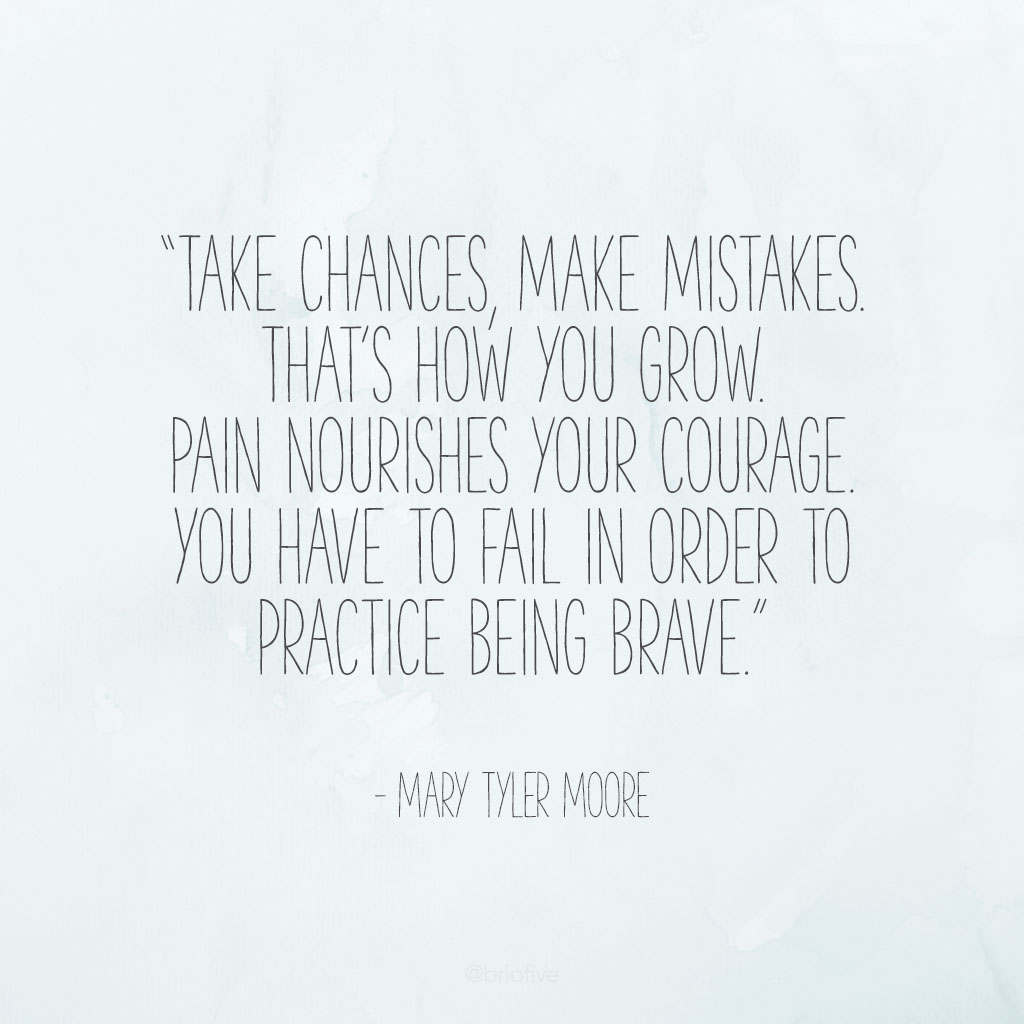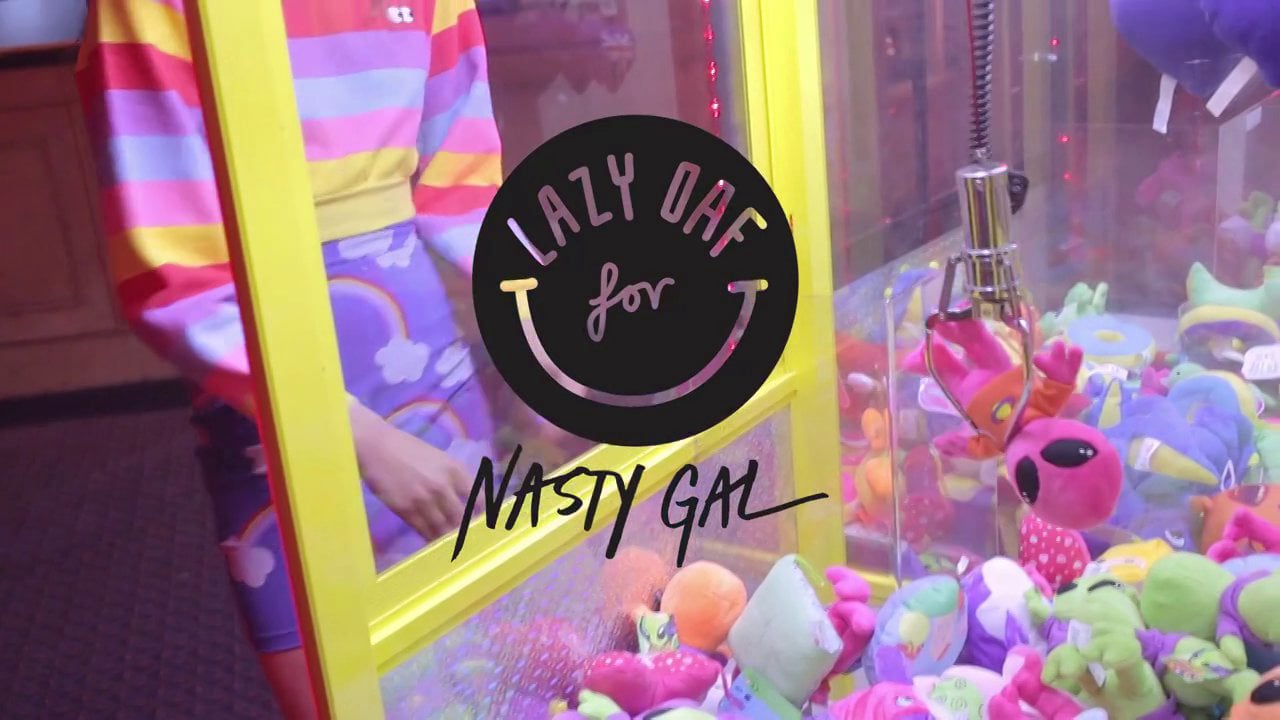
Why Nasty Gal Failed
The epitome of a cool girl clothing online boutique filed bankruptcy in November 2016. This is why Nasty Gal failed, a brand that had recognition of 2.3 million followers on Instagram with a database of over 550,000 customers.
In the year 2015 alone Nasty Gal made $300 million in sales. 66 percent of Nasty Gal will be acquired by Boohoo by the end of February, for a mere $20 million. Today Nasty Gal is closing all of its retail stores in Los Angeles.
Nasty Gal will remain an online retailer and will float on thanks to Boohoo, but for the moment the company is all over the place.
The entire site and stock currently are 70 percent off, and customers are complaining the purchases they’ve made were charged full price on their credit cards meanwhile no customer service reps are responding to their emails for refunds. How did it get here, and how did a company with a CEO that all girl bosses look up to fail?
How Over Growth Caused the Nasty Gal Bankruptcy
Inc. says overfunding killed Nasty Gal, AKA too many players in a small game means it’s bound to end quickly. Investors and players in Silicon Valley became obsessed with the fast, organically growing online store. Many high-volume investors decided to invest and grow the business as fast as they could, just like a tech start-up.
Inc. states that “Nasty Gal, today, should be a thriving company if they hadn’t been caught up in the venture capital financed hyper growth mode. Steadily, Nast Gal could have grown to over $100 million in profitable revenue with no VC money at all.”
When small niche fashion companies are forced to grow rapidly, they seem to always die faster. American Apparel and Pacific Sunwear are some examples of clothing brands/stores that fell in 2016.

When You Lose Fundamentals You lose Customers
As Nasty Gal grew fast and received more funding, former-CEO Sophia Amoruso decided to start an in-house line. Since the brand was primarily focused on working with wholesalers, this would help Nasty Gal’s margins become 70 percent as opposed to the 45 percent it was making from its wholesalers.
In 2015 Nasty Gal had its first 500,000 square foot fulfillment warehouse in Kentucky, which was unusual from a retail company standpoint since most clothing companies use third-party providers for their fulfillment.
Not only was the warehouse a big jump, but the manufacturing also took a wrong turning point. The company had to use factories that produced garments that were not up to its company standards.
The pieces of clothing Nasty Gal were producing did not look as good as they were styled online and many orders were returned. A company founded on selling high name vintage brands such as Chanel needed to keep the quality of the garments they produce high, even if they were priced at an affordable price point.
 Women Founders Have Intuition
Women Founders Have Intuition
Sophia Amoruso stepped down from her CEO position in January 2015 because she knew. This happened after writing her memoir, “Girlboss,” and she knew her story was the biggest point of the brand itself.
“According to one executive, the publication of Amoruso’s memoir was the “nail in the coffin” for Nasty Gal, as it marked the founder’s own pivot away from the company she started.
“She was savvy, and she saw the writing on the wall,” the person said. The term “#Girlboss” became more ubiquitous than Nasty Gal itself, and Amoruso’s book promotion did not correlate to sales, according to another former executive.”
Sophia began to step away from the business she created and used her personal brand as the breadwinner in her career. Her celebrity was bigger than the company she founded. But it wasn’t Sophia who made Nasty Gal plummet; it was everyone else.
She is one of my idols because Sophia Amoruso was a 22-year-old who ended up starting a multi-million dollar company and now has one of the biggest influential personal brands in the world. Learning from what Nasty Gal did wrong and right will help all girl bosses start their own businesses and companies.
Our Take On The Nasty Gal Bankruptcy
A big reason for the Nasty Gal Bankruptcy is that in the business of hard goods and apparel, extremely fast growth may be very tempting, but it has an incredibly small margin of error.
The margin of error is so small, you pretty much need to rely on getting very lucky. Especially in fashion, goods are very seasonal. Let us take an example where you are selling clothes to Target.
If Target orders, one million units of jackets for the winter, a reasonable growth rate assumes that you must get your manufacturers to start producing around late summer time, so the order will be ready by winter.
Is it impossible for you to start production in October or November to get ready for December? No, but this would only occur for businesses who have scaled to having this capability or for an enterprise who is growing very fast.
If you are producing in October or November to fulfill a purchase order of one million units, you must have a very large facility to manufacture your goods. The problem is, if you have a facility capable of producing this much, you will often need to maintain purchase orders of the same size.
If you produce one million units in a month, to cover a purchase order, but the following month you only have a purchase order of five hundred thousand, then you will be stuck paying for twice the machinery and workers than needed. You can try to fire half of the assembly line, but that means in the future, you must retrain them to meet the proper rate of production.
This effect is even worse for boutique & online stores as you do not really get purchase orders. If you sell ten thousand units in one month, there is nothing that will dictate that you will sell another ten thousand units in the second month.
In retail stores, you will at least assume that the store that is buying from your brand will purchase roughly the same amount in the next year.
For these boutique & online stores, you just need to hope that your store can sell an equal to or greater than the amount in every subsequent business period. Otherwise, you will have overproduced and you will now be holding onto inventory.
Analysis
For apparel businesses, this may not be a huge issue given the main type of apparel you are selling is t-shirts. T-shirts, for the most part, can easily be sold throughout the year (though in some regions a bit less during winter).
In contrast, this can be incredibly detrimental for businesses selling in the fashion industry because fashion is constantly changing. When a manufacturer makes a product and sells it to the brand for $10, the brand will then sell their product to a retailer, like Nordstrom, for $20.
Nordstrom will then proceed to sell this item for somewhere between $40 and $50. If it is Nordstrom’s own brand, they are buying from the manufacturer at $10 and still retailing it for $40 to $50.
If Nordstrom has an overstock on summer dresses that was selling for $50, they will send all their extra inventory to Nordstrom Rack, where everything can be sold at $30.
These stores are known for having really good deals because of this, and many people will go out of their way to window shop for these discounted goods. With how difficult running an apparel business is, it wasn’t surprising why Nasty Gal going out of business happened so quickly.
If you are ready to produce an image that shows your best self and conveys your authentic brand.
Book a Call with Los Angeles Professional Brand Photographer Sandy Grigsby.

